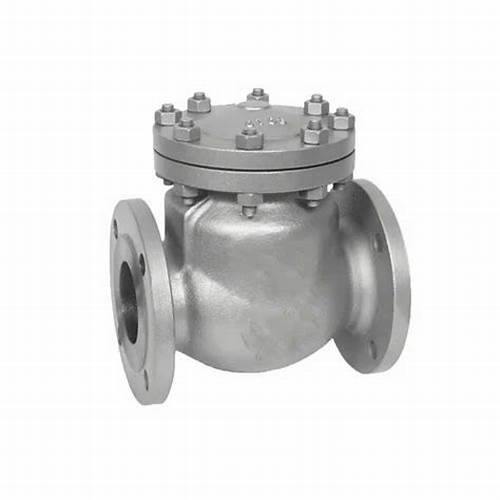Pneumatic Actuated Globe Valve for Efficient Flow Control in Industrial Applications
Understanding Pneumatic Control Globe Valves Functionality and Applications
Pneumatic control globe valves are integral components in various industries, providing precise flow control in piping systems. These valves are designed to regulate the flow of fluids through pipelines, offering enhanced performance and reliability. This article delves into the functioning, construction, benefits, and applications of pneumatic control globe valves.
Construction and Design
A globe valve is characterized by its spherical body shape, which helps direct the flow of fluid through the valve. The pivotal feature of a pneumatic control globe valve is its use of pneumatic actuators to control the opening and closing of the valve. The actuator, usually powered by compressed air, operates a stem that moves a disk up or down within the valve body, modulating the flow rate.
The design of a globe valve typically includes the following parts
1. Body The outer shell that houses the internal components. 2. Disc The movable part that blocks or allows flow. 3. Seat The surface against which the disc seals to prevent flow. 4. Bonnet The upper section containing the actuator and stem. 5. Actuator The mechanism that controls the movement of the stem, which is linked to a pneumatic control system.
Working Principle
The operation of a pneumatic control globe valve is straightforward. When the actuator receives a signal from a control system, it adjusts the position of the valve disc. If the actuator moves the disc downward, the flow is restricted; conversely, if it raises the disc, the flow increases. This precise control mechanism allows for quick adjustments to maintain desired flow rates within the system.
The flow characteristics of globe valves make them suitable for throttling applications. Unlike gate valves, which are primarily designed for fully open or fully closed positions, globe valves excel in providing variable flow rates, making them essential in applications requiring careful and responsive flow management.
Advantages of Pneumatic Control Globe Valves
pneumatic control globe valve

1. Precision Control The primary advantage of pneumatic control globe valves is their ability to offer precise flow control. This is crucial in industries such as chemical processing, oil and gas, and water treatment, where flow rates must be adjusted based on real-time conditions.
2. Quick Response Times Pneumatic actuators provide rapid actuation compared to mechanical or electric systems. This quick response makes them well-suited for applications where immediate adjustments are necessary to maintain system integrity.
3. Versatility Pneumatic control globe valves can handle a wide range of fluids, including liquids, gases, and steam. Their adaptability makes them ideal for diverse industrial applications.
4. Durability Constructed from robust materials, these valves are designed to withstand high pressures and varying temperatures. This durability ensures long service life and reliability in demanding environments.
5. Reduced Leakage Potential The seating design minimizes the chances of leakage, enhancing the overall efficiency of the system and reducing losses during operation.
Applications
Pneumatic control globe valves find applications across various sectors
1. Chemical Industry Used to regulate the flow of corrosive and non-corrosive liquids and gases during production processes. 2. Oil and Gas Essential for managing flow in pipelines, refineries, and processing plants. 3. Water Treatment Used for flow regulation in treatment plants where precise control ensures optimal processing of water. 4. HVAC Systems Employed in heating, ventilation, and air conditioning systems to control the flow of hot and cold water.
Conclusion
Pneumatic control globe valves are critical components in modern industrial applications, providing excellent flow control capabilities. Their precision, quick response times, versatility, and durability establish them as a preferred choice in numerous sectors. Understanding their functionality and applications helps businesses optimize their processes, ensuring efficiency and reliability in fluid management systems. As industries evolve, the importance of pneumatic control globe valves is likely to increase, further solidifying their role in ensuring optimal operational performance.
-
The Key to Fluid Control: Exploring the Advantages of Ball Valves in Industrial SystemsNewsJul.09,2025
-
The Versatile World of 1, 2, and 3 Piece Ball ValvesNewsJul.09,2025
-
Stainless Steel Ball Valves: The Ideal Choice for Efficient Flow ControlNewsJul.09,2025
-
Optimizing Fluid Control with Ball Float ValvesNewsJul.09,2025
-
Manual Gate Valves: Essential for Control and EfficiencyNewsJul.09,2025
-
Everything You Need to Know About Butterfly ValvesNewsJul.09,2025
-
The Versatility of Wafer Type Butterfly ValvesNewsJul.08,2025




